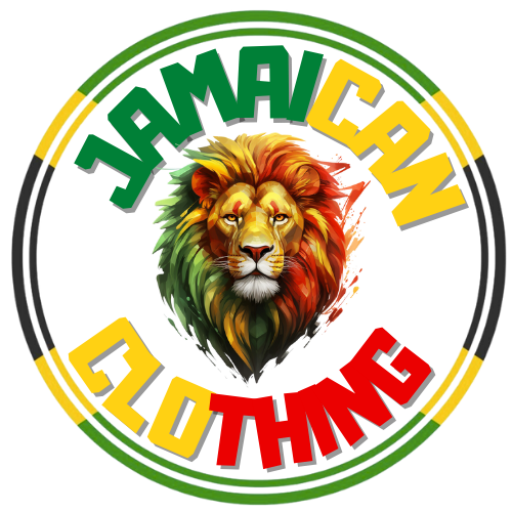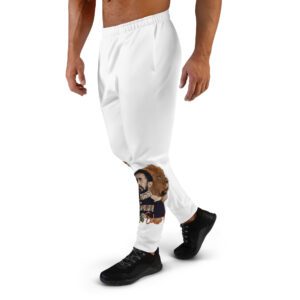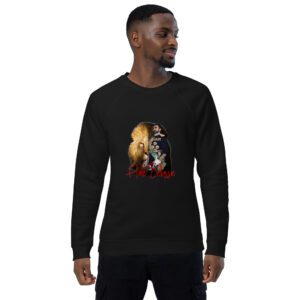Many are intrigued by the fascinating world of dreadlocks, a hairstyle with deep cultural roots and rich history. From ancient civilizations to modern-day fashion statements, dreadlocks have evolved and transcended time and boundaries. In this blog post, we look into the origins of dreadlocks, debunk common myths surrounding this unique hairstyle, and explore the latest trends and styles that have redefined the art of dreadlocks in contemporary society. Join us on a journey through the intricate and diverse world of dreadlocks, where tradition meets modernity.
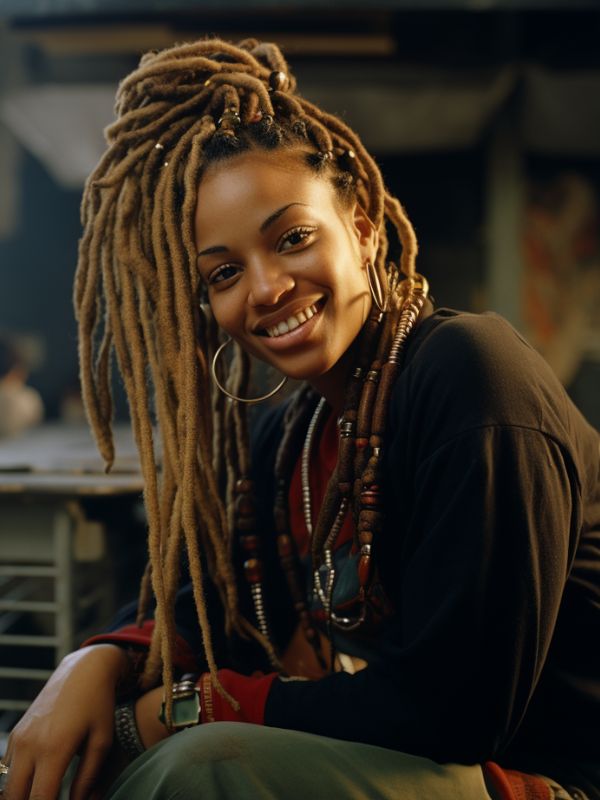
The History of Dreadlocks
Ancient Origins
The history of dreadlocks dates back thousands of years, with evidence of their existence found in ancient civilizations such as Egypt, India, and even among the Maasai tribes of Africa. An important symbol of spiritual significance and cultural identity, these intricate hairstyles were worn by priests, warriors, and rulers to signify their devotion, strength, and social status.
Cultural Significance Across Continents
Cultural significance of dreadlocks has transcended continents, with diverse communities adopting the style for various reasons. Known as Jata in Hindu culture, dreadlocks are associated with the deity Shiva, representing his disregard for societal norms. In Jamaica, Rastafarians wear dreadlocks as a symbol of their spiritual journey and connection to their African roots, while in Australia, the Indigenous people use them to maintain a connection to their land and spirituality.
Plus, dreadlocks have been embraced by musicians, artists, and activists worldwide, further cementing their place in contemporary culture as a symbol of rebellion, self-expression, and unity.
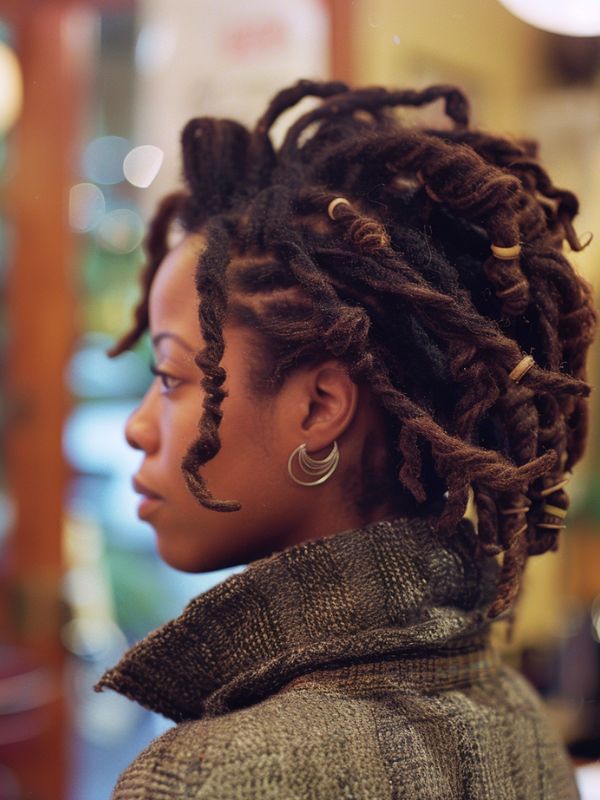
Myths and Misconceptions
Mythical Powers and Spiritual Notions
While dreadlocks have a rich cultural history and are often associated with spiritual practices, there are many misconceptions surrounding the mythical powers attributed to them. Some believe that dreadlocks possess magical abilities or enhance spiritual connections, but in reality, they are simply a hairstyle with no inherent mystical powers.
Common Stereotypes and Their Impact
Misconceptions about dreadlocks often lead to common stereotypes that can have a significant impact on individuals who choose to wear them. Stereotypes include perceptions of uncleanliness, laziness, or criminal behavior associated with those sporting dreadlocks. It is crucial to debunk these stereotypes and recognize that dreadlocks are simply a hairstyle and do not define a person’s character or behavior.
- Dreadlocks are a sign of uncleanliness or poor hygiene.
- People with dreadlocks are often associated with laziness or lack of ambition.
- Dreadlocks are sometimes linked to criminal behavior or non-conformity.
- Individuals wearing dreadlocks may face discrimination or prejudice based on these stereotypes.
- It is necessary to break down these misconceptions and educate others about the cultural significance and personal choice behind wearing dreadlocks.
Impact
| Stereotypes | Impact |
| Dreadlocks are a sign of uncleanliness or poor hygiene. | Can lead to social ostracization or discrimination in professional settings. |
| People with dreadlocks are often associated with laziness or lack of ambition. | May limit job opportunities or career advancement due to preconceived notions. |
| Dreadlocks are sometimes linked to criminal behavior or non-conformity. | Can result in unfair treatment or bias from law enforcement or authority figures. |
| Individuals wearing dreadlocks may face discrimination or prejudice based on these stereotypes. | Impacts self-esteem and confidence, leading to feelings of being marginalized or misunderstood. |
| It is necessary to break down these misconceptions and educate others about the cultural significance and personal choice behind wearing dreadlocks. | Knowing the truth can help foster understanding, acceptance, and inclusion within society. |

Dreadlocks in Modern Culture
The Rise of Dreadlocks in Pop Culture
Modern society has seen a significant rise in the popularity of dreadlocks, particularly in pop culture. This trend can be attributed to a growing appreciation for individuality and cultural diversity. The hairstyle has transcended its traditional roots and has become a symbol of rebellion, freedom, and self-expression.
Celebrity Influence and Fashion Trends
Celebrities have played a crucial role in popularizing dreadlocks and turning them into a fashion statement. From musicians to actors, many influential figures have sported dreadlocks, sparking a trend that has been embraced by people from all walks of life. The fashion industry has also capitalized on this trend, incorporating dreadlocks into runway shows and advertising campaigns.
Understanding the origins and significance of dreadlocks in modern culture can provide insight into the broader societal shifts towards inclusivity and acceptance of diverse cultural practices. Whether seen as a fashion statement or a symbol of cultural identity, dreadlocks continue to be a powerful and relevant expression in today’s society.
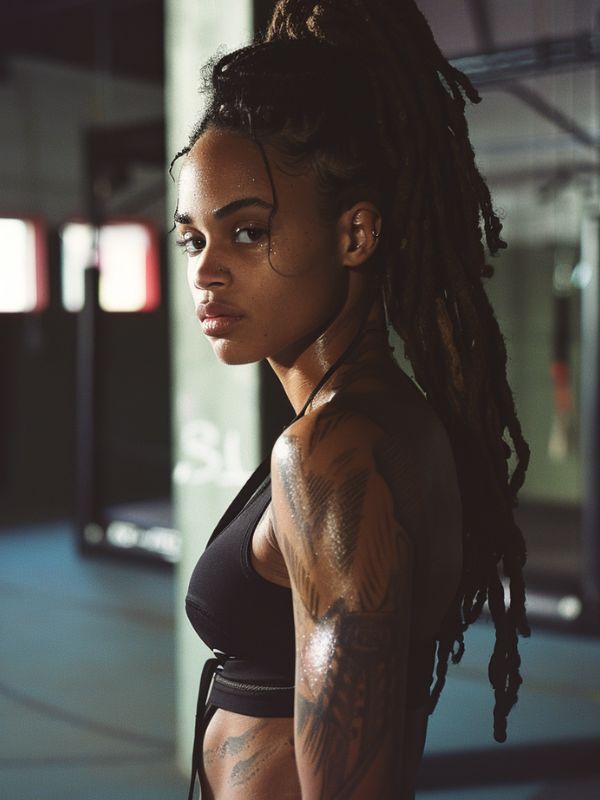
The Art of Creating and Maintaining Dreadlocks
Techniques and Styles
For those looking to create dreadlocks, there are various techniques and styles to choose from. Traditional methods like backcombing, twisting, and the neglect method involve different approaches to achieve the desired dreads. Additionally, the choice of size, shape, and length of the dreadlocks can greatly impact the final look.
Hair Care and Maintenance
With dreadlocks, proper hair care and maintenance are crucial for healthy and long-lasting dreads. Regular washing with residue-free shampoos, drying your dreadlocks thoroughly after washing, and avoiding products that can cause buildup are key practices. Regular maintenance sessions, which may include palm rolling and separating new growth, help to keep dreadlocks neat and prevent them from matting or combining.
Understanding the unique needs of dreadlocked hair is crucial for ensuring the longevity and health of your dreadlocks. Since the hair is sectioned and knotted, proper hydration and scalp care are important. Using natural oils like tea tree or coconut oil can help nourish both the hair and scalp, promoting healthy growth and preventing dryness.
Final Words
Considering all points discussed in this exploration of dreadlocks, it is clear that this ancient hairstyle holds a rich history, deep-rooted myths, and ever-evolving modern trends. From its origins in various cultures around the world to its significance as a symbol of rebellion and self-expression, dreadlocks continue to captivate and inspire. By understanding the cultural significance and misconceptions surrounding dreadlocks, we can appreciate the beauty and diversity of this style in today’s society. As we embrace the art of dreadlocks, let us honor the traditions of the past while celebrating the contemporary interpretations that make it a timeless and iconic hairstyle.
FAQ
Q: What are dreadlocks?
A: Dreadlocks are ropelike strands of hair formed by matting or braiding hair. They can be created naturally through neglect or intentionally through various methods.
Q: What is the history of dreadlocks?
A: Dreadlocks have a long history, dating back thousands of years and appearing in various cultures such as ancient Egypt, India, Greece, and among Rastafarians in Jamaica.
Q: Are there myths surrounding dreadlocks?
A: Yes, there are many myths surrounding dreadlocks, such as the belief that they are dirty or unkempt. In reality, dreadlocks can be clean and well-maintained with proper care.
Q: How can one start dreadlocks?
A: There are several methods to start dreadlocks, including backcombing, twist and rip, crochet hooking, and freeform. The method chosen should depend on hair type and desired result.
Q: What are modern trends in dreadlocks?
A: Modern trends in dreadlocks include colorful dyes, intricate braiding styles, and the use of extensions. Dreadlocks have also become more mainstream and accepted in professional settings.
